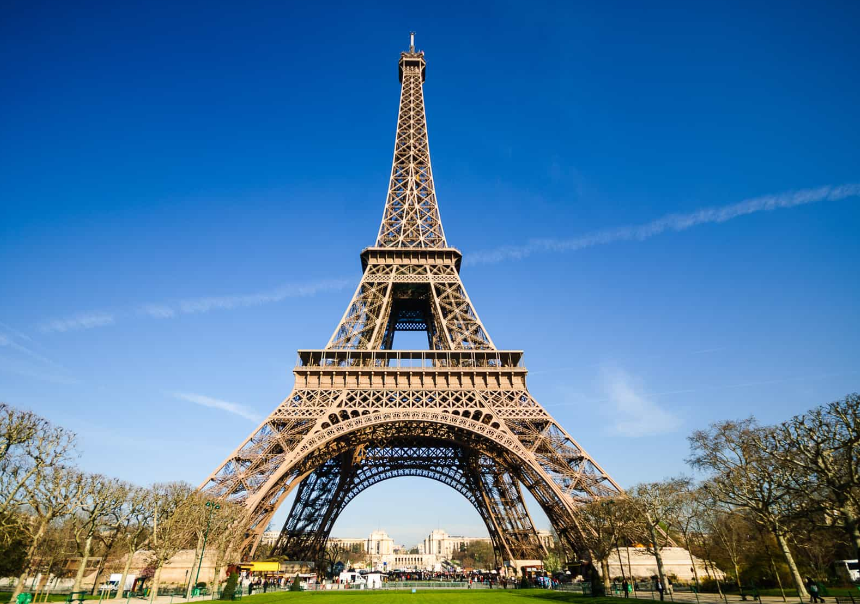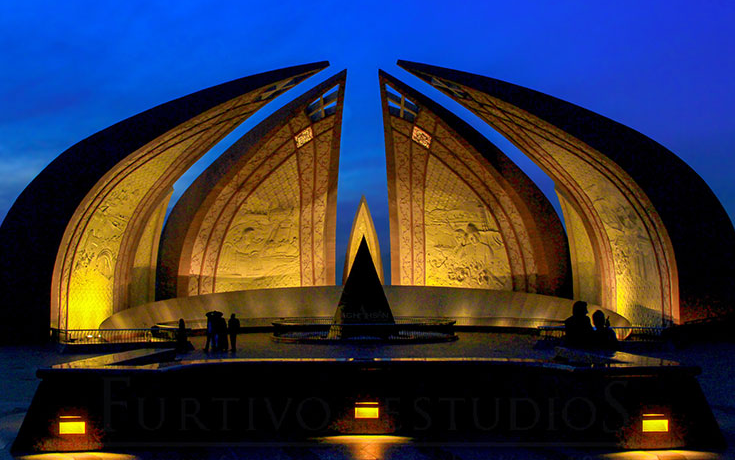Australia is a country full of natural and man-made wonders, from the Great Barrier Reef to the Outback. One of the most iconic of these man-made wonders is the Sydney Opera House, which has become a symbol of Australia and its vibrant culture. In this article, we will explore the history and significance of this national monument, as well as some interesting facts and FAQs about it.
The Design and Construction of the Australia National Monument
The Sydney Opera House was designed by Danish architect Jørn Utzon, who won an international design competition in 1957 to create a new performing arts center in Sydney. Utzon’s design was inspired by the shapes of nature, particularly the sails of ships, and his vision was to create a building that would appear to float on the water. Construction on the Sydney Opera House began in 1959 and was completed in 1973, although Utzon resigned from the project in 1966 due to creative differences with the government.
The Sydney Opera House is a masterpiece of modern architecture, with its distinctive white sails made of pre-cast concrete panels that are supported by a steel frame. The building is situated on a peninsula in Sydney Harbour, and its unique design has made it one of the most recognizable buildings in the world.
The Significance of the Sydney Opera House to Australia
The Sydney Opera House is not only a national icon but also a symbol of Australia’s cultural heritage. It represents the country’s commitment to the arts and its dedication to innovation and creativity. The Sydney Opera House has been a UNESCO World Heritage Site since 2007, recognizing its significance as a work of human genius and a cultural icon.
The Sydney Opera House has played a significant role in Australia’s cultural life, hosting some of the world’s most renowned performers and artists, such as Luciano Pavarotti, Dame Joan Sutherland, and Plácido Domingo. It has also been the site of many significant cultural and political events, including the opening ceremony of the 2000 Sydney Olympics.
The Sydney Opera House’s Impact on the Arts
The Sydney Opera House has had a profound impact on the arts in Australia and around the world. Its unique design has inspired countless architects and designers, and its status as a world-renowned cultural center has made it a beacon for artists and performers of all disciplines.
The Sydney Opera House hosts a wide range of performances, from opera and ballet to theater and contemporary music. It also hosts numerous festivals and events, such as the Sydney Festival and the Vivid Sydney light festival, which attract visitors from all over the world.
Interesting Facts About the Sydney Opera House
- The Sydney Opera House has more than 1 million roof tiles, which were custom-made in Sweden.
- The original budget for the Sydney Opera House was $7 million, but the final cost was $102 million.
- The Sydney Opera House is made up of multiple performance spaces, including the Concert Hall, the Joan Sutherland Theatre, and the Drama Theatre.
- The Sydney Opera House was opened by Queen Elizabeth II on October 20, 1973.
The Future of the Sydney Opera House
The Sydney Opera House has been an important part of Australian culture and history for nearly 50 years, and it will undoubtedly continue to be a vital part of the country’s cultural landscape in the future. The building is undergoing significant renovations to improve its facilities and ensure that it can continue to host world-class performances for years to come.
The Sydney Opera House has also launched several initiatives to engage with new and diverse audiences, such as the First Nations Program, which showcases the work of Indigenous Australian artists, and the Digital Season, which offers performances and events online for audiences around the world.
FAQs
- What inspired the design of the Sydney Opera House?
The design of the Sydney Opera House was inspired by the shapes of nature, particularly the sails of ships. Danish architect Jørn Utzon’s vision was to create a building that would appear to float on the water.
- How long did it take to build the Sydney Opera House?
Construction on the Sydney Opera House began in 1959 and was completed in 1973, taking a total of 14 years to build.
- Who performed at the opening of the Sydney Opera House?
The opening performance of the Sydney Opera House was conducted by Sir Charles Mackerras, with the Australian Opera and Ballet Orchestra, and featured performances by singers Martina Arroyo and Birgit Nilsson.
- Can you visit the Sydney Opera House?
Yes, visitors can take guided tours of the Sydney Opera House to explore the building’s history and architecture, as well as attend performances and events.
- How much does it cost to tour the Sydney Opera House?
The cost of a guided tour of the Sydney Opera House varies depending on the type of tour and the age of the visitor. Prices start at $42 AUD for adults and $22 AUD for children.
Conclusion
The Sydney Opera House is not only a magnificent piece of architecture but also a cultural icon that represents Australia’s dedication to creativity, innovation, and the arts. Its unique design, rich history, and world-renowned performances make it a must-see destination for visitors to Australia and a source of pride for Australians everywhere.
As the Sydney Opera House looks towards the future, it remains committed to engaging with new audiences and showcasing the work of diverse artists and performers. It will undoubtedly continue to be an important part of Australian cultural life for many years to come.
References
- “Sydney Opera House: History and Design.” Sydney Opera House, www.sydneyoperahouse.com/our-story/sydney-opera-house-history-and-design.html.
- “Sydney Opera House.” UNESCO World Heritage Centre, whc.unesco.org/en/list/166.
- “Sydney Opera House: Facts and Figures.” Sydney Opera House, www.sydneyoperahouse.com/our-story/sydney-opera-house-facts-and-figures.html.

